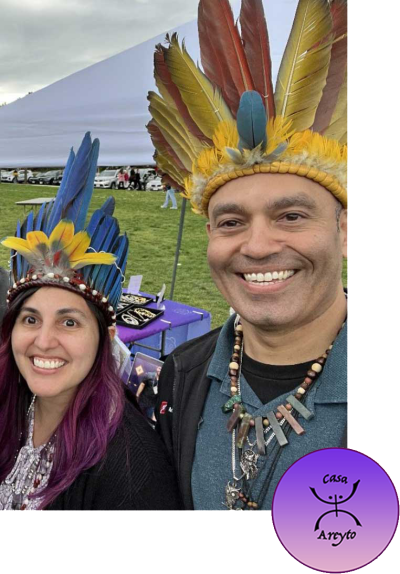
In Every Taíno Headdress, a Story
To a casual observer, the headdresses that Priscilla Colón and her husband, Ely, are wearing are in this photo are simply colorful and eye-catching. But what the cofounders of Casa Areyto have on their heads are, in many ways, their personal profiles as Taíno. If you’ve listened to Episode 58 of our podcast, you’ll appreciate just how remarkable this is, given the Taíno’s precarious history as Native Americans in the Caribbean after 1492.
The Taíno people were long considered lost, together with their language—but never by Priscilla, whose own tested DNA proves otherwise. She is among a small but dedicated cohort of language specialists who are now reviving the Taíno language. When you visit the Casa Areyto site, you can immerse yourself in one of America’s first languages. (Check out our Episode Notes for the story behind the name “Casa Areyto”.)
The language of the headdress: a ‘translation’
Priscilla explained to us how a Taíno craftswoman created the headdresses specifically for her and her husband. She chose to make them from macaw feathers because of their range of colors—yellow, red and orange on the underside, and blue, green and purple on the topside. As you can see, many of the colors are represented.
The colors reflect either a masculine or feminine energy, Priscilla said. Yellow and red are associated with masculine energy. “They reflect the sun’s rays, and the energy to fulfill your purpose,” Priscilla explained. Blue tones are connected to feminine energy. “They are linked to water, the source of life, to the mother’s womb and Mother Earth.”
This tells some of the story of each headdress, but not all. It turns out that Ely’s headdress is reversible—the only one the craftswoman has ever created. The reverse colors reflect feminine energies. Priscilla said this balance of masculine and feminine forces suited her husband perfectly. “Strength on the outside, gentleness on the inside,” she said.
As for Priscilla’s headdress—while the majority of the topside feathers are the feminine blue, the underside of all of them is the masculine yellow. “That really describes me to a T,” Priscilla said. “Fire, drive and passion are my middle names.”
One additional element of Priscilla’s headdress speaks to her mission to reclaim the Taino language and culture: the headband. The merlot color, a combination of purple and red, “represents the mixture of passion, energy, drive and intuition, all flowing as one to fulfill my life’s purpose,” she said. And the red and white adornments circling the band? Those are seeds, she explained. “They represent the seeds of knowledge I’m hoping to spread to help others grow.”
NEWS FLASH!
Priscilla’s Casa Areyto organization is co-presenting the first-ever conference on reclaiming the Taíno language this August, in Puerto Rico. Watch the video announcement here: www.tainoconference.org.
— Mim Harrison

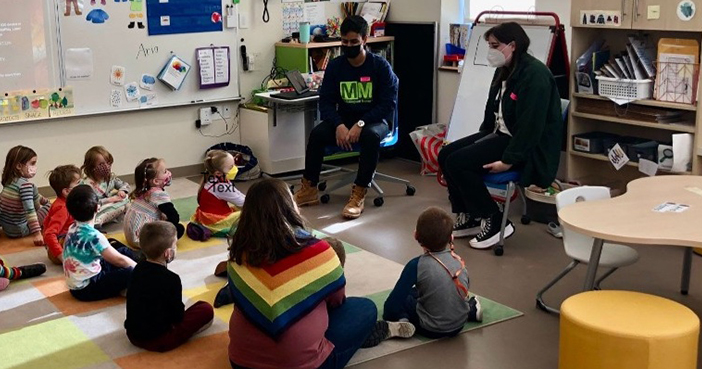
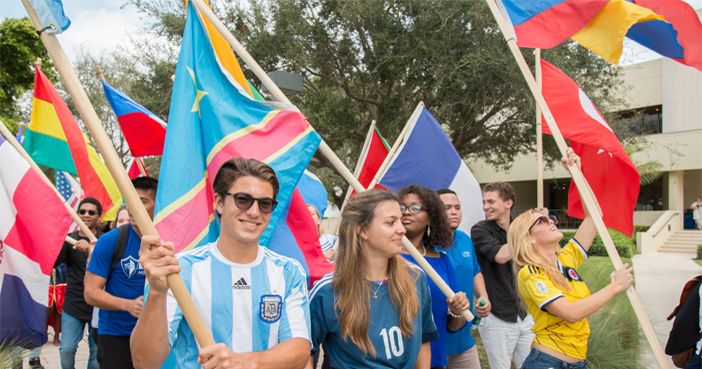
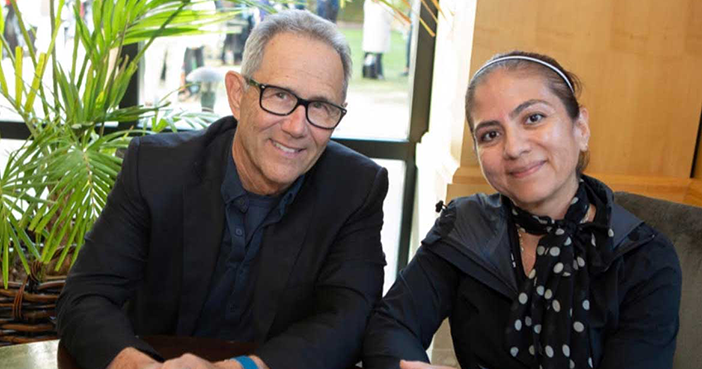
 You can book Steve for many different audiences
You can book Steve for many different audiences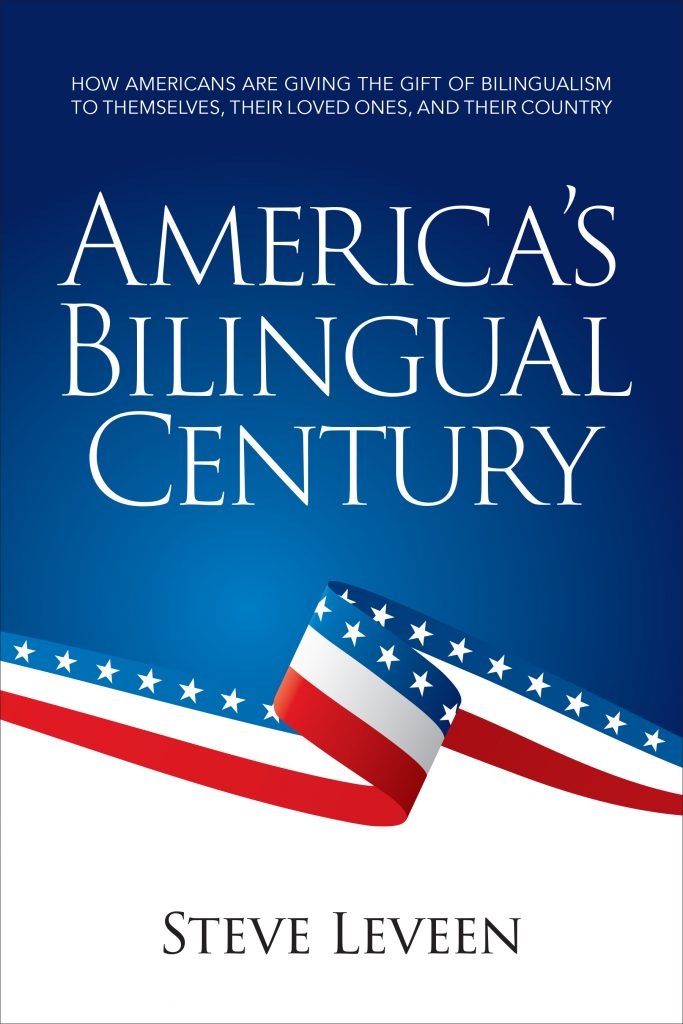
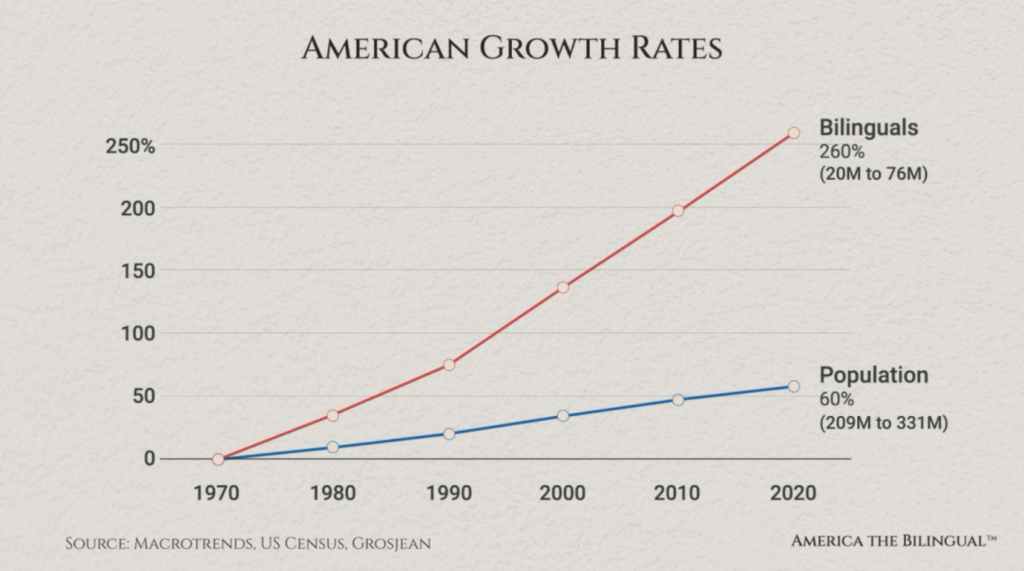
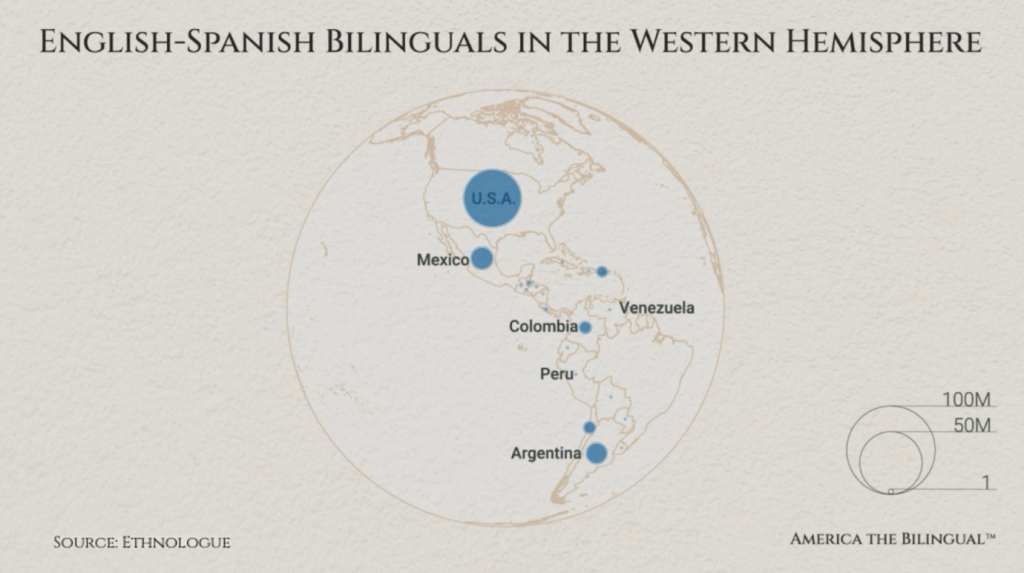


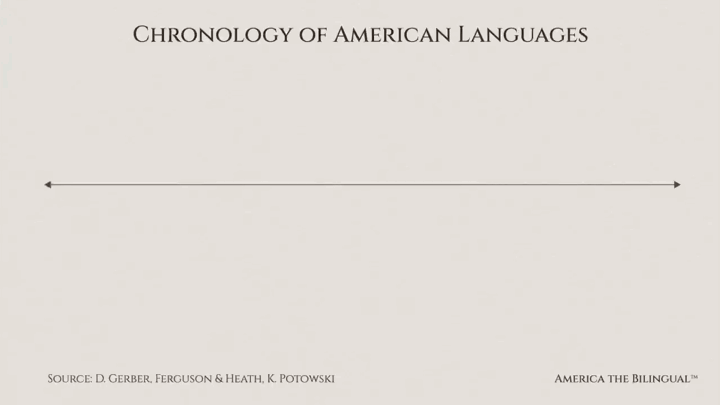


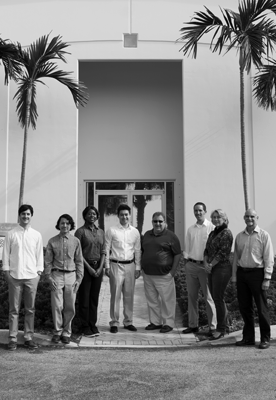
 First, know that she has one of those glorious English accents (or what all of us who are not English would call an accent), which makes her a natural for the audio book narration that she does. Although U.S. born, Caroline grew up in England and studied literature at the University of Warwick (fyi for American ears: that second “w” is silent).
First, know that she has one of those glorious English accents (or what all of us who are not English would call an accent), which makes her a natural for the audio book narration that she does. Although U.S. born, Caroline grew up in England and studied literature at the University of Warwick (fyi for American ears: that second “w” is silent).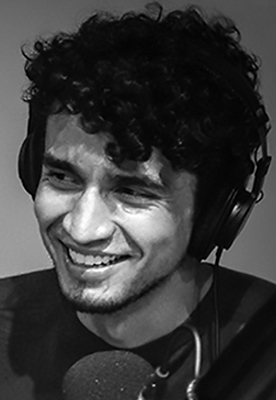

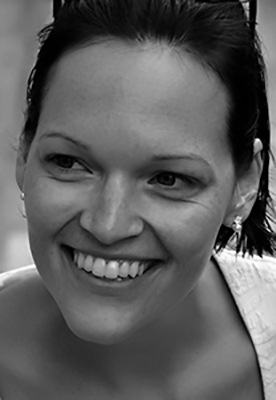


Leave A Comment